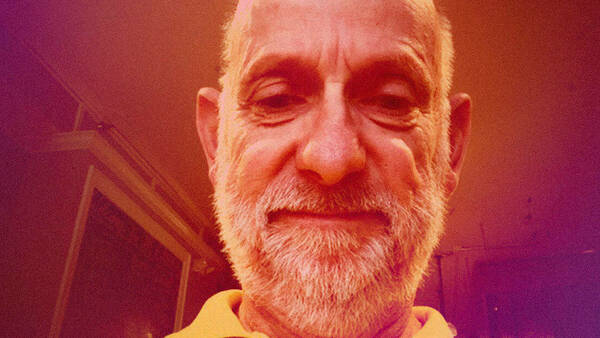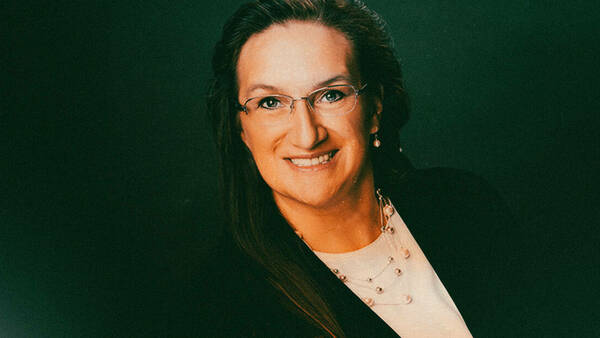To Kisa Matlin ’17, home is a feeling.
Sometimes this feeling comes natural, and other times, it has to be created. Matlin seeks to cultivate home — in people, in place, and as a teacher.
Enrolling in college to become a doctor, Matlin never anticipated that she would find home in teaching. She also never anticipated publishing a children’s book in Japan.
As a Hawai‘i native transplanted to South Bend as a Notre Dame undergraduate, Matlin was no stranger to homesickness. The Midwest climate was a stark change of scenery from her previous island life. Despite the initial difficulty in adjusting, Matlin found herself drawn to communities and people that felt like home — in the Marching Band and in her Japanese classes.
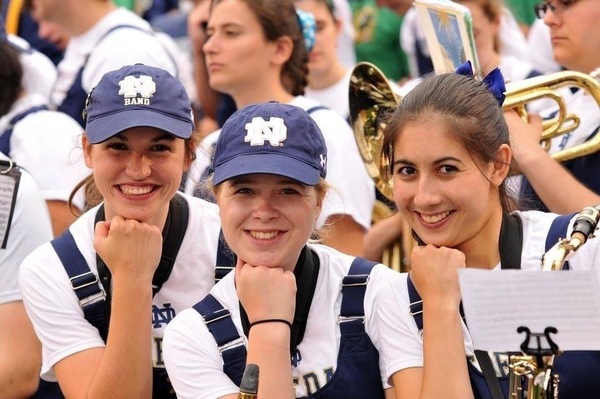
“When I was feeling homesick, the band was my home, and I have lifelong friends that I’ve met through that organization,” Matlin said. “I think moving from Hawai‘i to Indiana can be a real culture shock. And so having that close knit group of people to call a family away from home is, I think, so important.”
When it came to academics, Matlin did not intend to minor in Japanese. Nonetheless, she is grateful that the required College of Science language requirement allowed her to tap into a part of her identity she previously had not explored.
“The classes were so small, there were only like five or six people. So it became kind of like a little family,” Matlin said. “It was like a little piece of my home culture in South Bend, Indiana.”
Even before departing her hometown of Honolulu, Hawai‘i for her first South Bend winter, Matlin knew she would return to the island after graduation.
“Going to Notre Dame helped me to realize I didn’t know how special Hawai‘i actually was,” Matlin said. “Even while I was away on the mainland, my heart was kind of always still here.”
For Matlin, Hawai‘i meant family. Her Japanese ancestors arrived on the island in 1901, working on the farms of old Hawai‘i and planting their own familial roots.
As part of her senior year Japanese Language Extensive Reading class, Matlin decided to write and illustrate a picture book, sharing the story of her grandfather’s experience during the 1941 attack on Pearl Harbor.
“He was attending school in Honolulu at the time, he was 11 years old when Pearl Harbor was attacked. And it was actually an anti-aircraft shell, we found out later, from the U.S. military that had fallen on his house and caused a house fire,” Matlin said. “So he and his two siblings were able to survive, but his mom passed away on the way to the hospital afterwards. So that was my great-grandmother, who I was named for.”
The fallout from Pearl Harbor was both physically and socially devastating, for Hawai‘i and for Matlin’s family, who faced the effects of mounting racial prejudice against the Japanese community on the island. “The discrimination, I think, that Japanese people faced in the aftermath of Pearl Harbor . . . So, there’s some complicated history there too,” Matlin said.
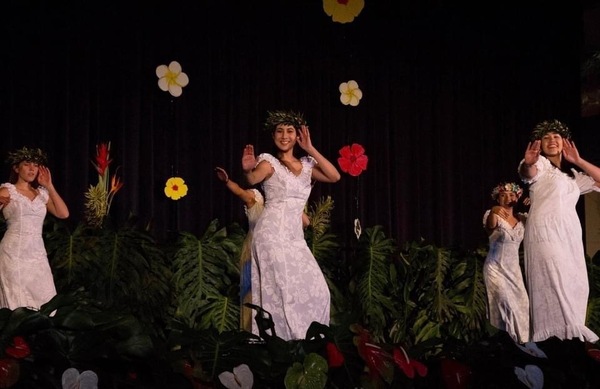
Despite the hardships her family endured, Matlin saw an opportunity to use her grandfather’s story to educate others about the significance of the event and the way people survived and persisted through hardship. “I think the main message was that my grandpa was able to kind of come back from this insane loss that he experienced early on in life, and he ended up able to go to college. He got a degree as a physical therapist, and then he came back to Hawai‘i to kind of make this place better.”
A peace organization in Hiroshima published Matlin’s picture book, which was distributed to selected libraries, schools, and peace museums in Japan and other countries. The City of Hiroshima and the wider region also started using the book as a side reader in elementary and middle schools.
For Matlin, the book’s publication was a “full-circle moment.”
“I heard that they were going to be printing it up to help to educate visitors at the Hiroshima Peace Memorial. And that was really powerful for me because my Japanese teacher in high school, her family was from Hiroshima,” Matlin said. “So, I kind of learned about the Japanese-U.S. relations, like the Pearl Harbor and the Hiroshima-Nagasaki bombings in high school from a teacher from Hiroshima. And then now, something that I could contribute would help to teach visitors in Japan about the Pearl Harbor attacks.”
Throughout college, Matlin continued to encounter a similar feeling — in classes, as a lab TA, and as a volunteer educator for Take Ten, a Center for Social Concerns initiative that placed Notre Dame students in local schools to instruct on conflict resolution. Slowly, Matlin found herself drawn to educating others.
“So, like a typical Notre Dame student, I changed my major a bunch of times,” Matlin said. “I went from Science-Business to Environmental Science. And then, I kind of realized while I was doing that, that my absolute favorite part about environmental science was getting other people excited about it.”
The decision to forfeit her initial goal to pursue medical school did not come easy. But, with the encouragement of her professors and the Center for Career Development, Matlin reworked her plans.
“It was kind of a long process, and I was a bit dragged kicking and screaming into it, if I’m being perfectly honest,” Matlin said. “I think that’s kind of a common thing, unfortunately, that teachers are a little bit looked down on.”
Ultimately, Matlin found that teaching felt like home. “It was something I could actually see myself wanting to learn about for the rest of my life,” Matlin said.
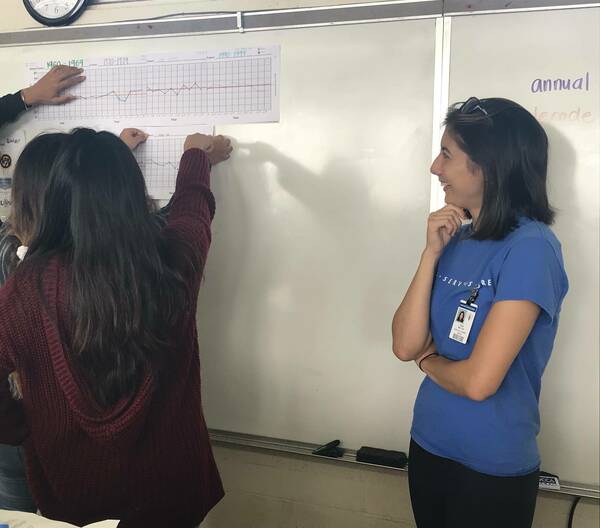
Now, Matlin is finishing up her sixth year of teaching. She teaches Biology and AP Environmental Science at Waipahu High School in Waipahu, Hawai‘i. Matlin is also involved with her school’s Academy of Natural Resources, guiding passionate students through topics of sustainability, agriculture, and conservation.
In 2022, she was named the Leeward District ‘Teacher of Promise’ — an award granted by the Milken Educators of Hawai‘i and Hawai‘iUSA Federal Credit Union, which honors teachers that have made a great impact during their first three years on the job. “I feel like what I do matters, like getting kids to care about our planet,” Matlin said.
Although the idea of finding one’s path or calling can be daunting, Matlin offered words of faith and resiliency.
“Where you’re supposed to be is where you end up,” Matlin said. She often advises her own students as they discern their future college and professional plans. She tells them,“You’re going to make the right choices. You have the capacity to do well, wherever you choose.”
Though Matlin found her home in teaching, she explained, it was not without roadblocks.
“My first year of teaching was filled with so much self doubt. I didn’t feel good at my job. It felt, a lot of times, like my students had these insurmountable problems. And they did, they carry such heavy things outside of school that they bring into the classroom with them,” Matlin said. “But I learned that, if I can show up, and if I mess up, if I show up again the next day and try again, then they’re more willing to do the same for me.”

